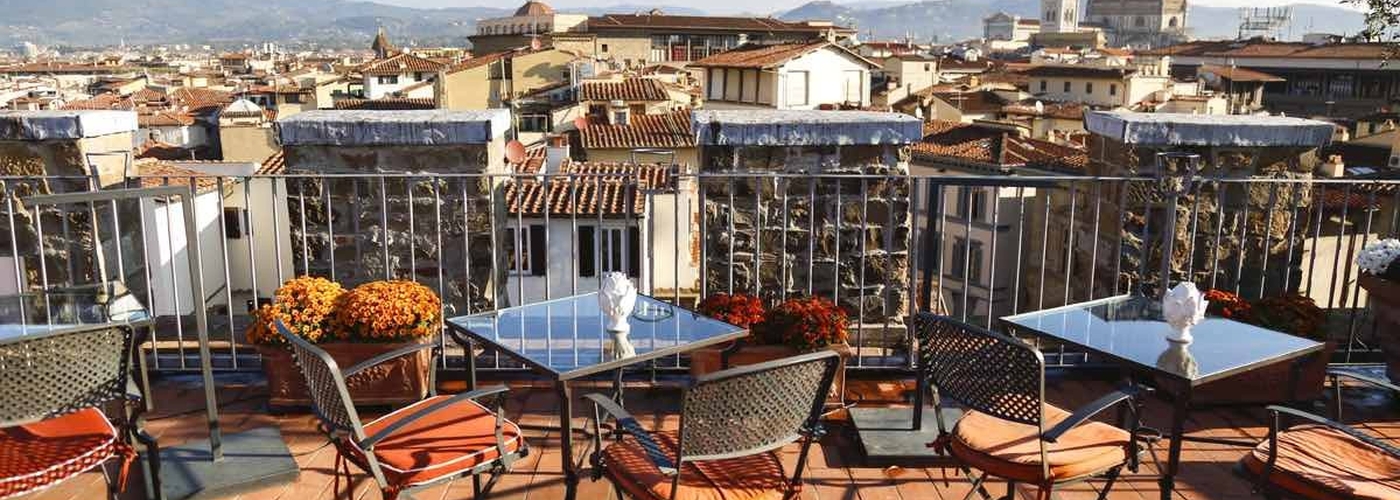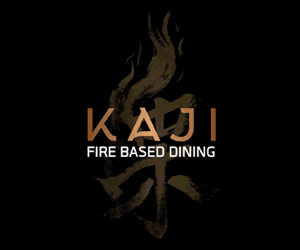Renaissance man? Neil Sowerby has other things in mind
FROM the roof terrace of the Antica Torre hotel the whole of Florence is spread out before you like a Renaissance tapestry – or one of those old-fashioned picture postcards you stuck stamps on. The Duomo, Giotto’s Bell-Tower, the Ponte Vecchio. Where to start? Art is the obvious choice but requires real commitment. Plus point? Off-season you won’t be queuing for hours to claim tickets for the Galleria degli Uffizi or the Palazzo Pitti, while Michelangelo’s David at the Accademia will be easier to get up close to.
The slightly latrine-like smell of the stewing lampredotto wafted across the cobbled square from Sergio Pollini’s traditional tripe van
Yet with just four days in the city we passed on all three exhausting honeypots and sought more tranquil pleasures. Maybe market-hopping, a foodie tour, even hitting the Stanley Tucci trail, taking in a Tridentine mass, if we could, and, of course… ending each leisurely day with a passeggiata quest for an aperitvo.
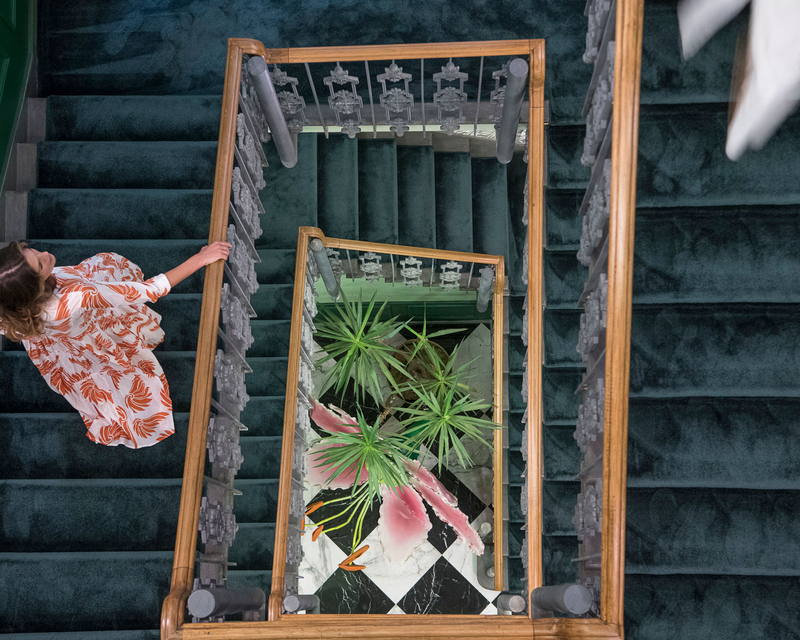
Each of our hotels had its own allure when November dusk dropped swiftly or a squally shower surprised us. That rooftop at the Antica Torre Via Tornabuoni 1 hosted a Tuscan wine-bar with an honesty box, boutique newcomer La Gemma had provided us with a sumptuous jewel box of a suite and the mega-quirky 25hours drew a crew of committed ’25 Hour party people’ to this former monastery complex.
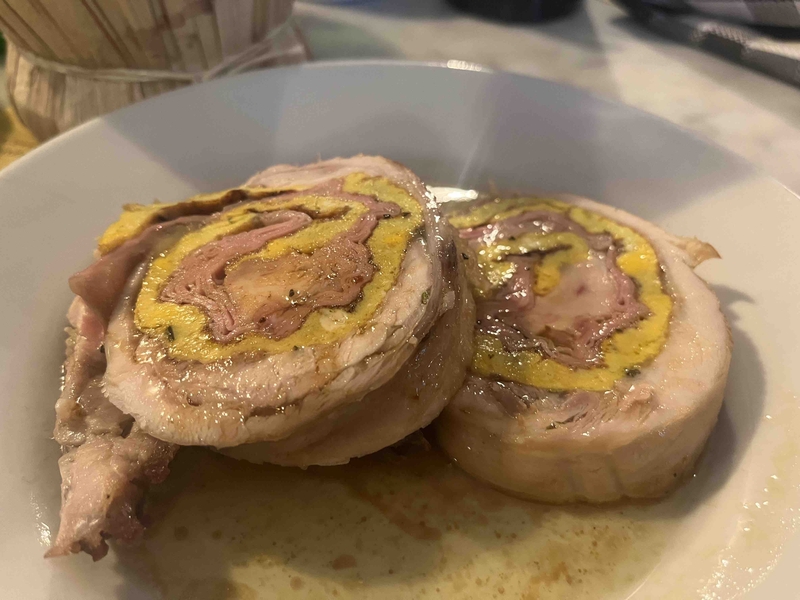
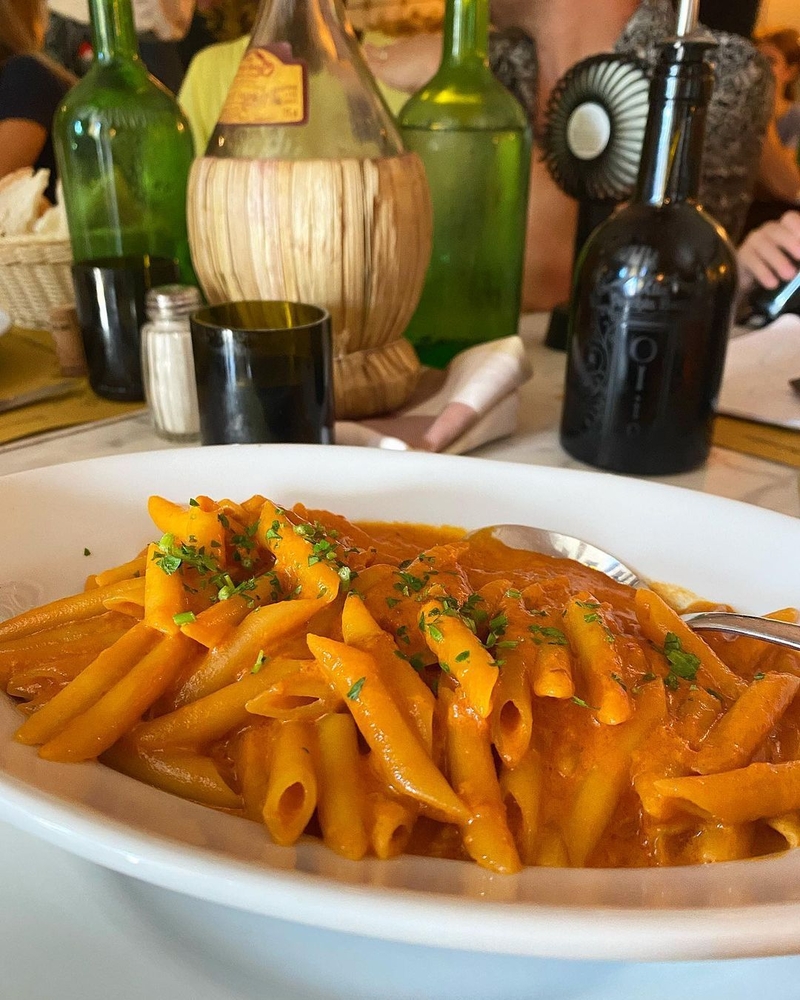
A taste of tradition in old school Oltrarno, south of the Arno
Our visit indeed began with a huge injection of La Dolce Vita. After a pre-dawn easyJet flight from Manchester to Pisa and an hour’s rail connection we were ready for an epic lunch… and got it. Alla Vecchia Bettola (the Old Tavern) looks like any old trattoria on a busy roundabout south of the River Arno, but inside it preserves the soul of no-compromise Tuscan cuisine. Diehard locals have been thronging it for decades and the world, his child and his dog were all in situ, high octane bravissimo in abundance, when we arrived for Saturday lunch.
Our hotel had ensured a spot for us on the end of a communal table, a litre of house red in a fiasco (straw basket bottle) plonked in front of us; standard 5 euros each, drink as much as you fancy. It wasn’t a Chianti Classico but it happily accompanied dishes of chestnut flour pasta with porcini, my intricately stuffed rabbit main and my wife’s hefty ‘welcome-to-Florence’ T-bone steak. Benchmark tiramisu and a complimentary grappa completed the perfect introduction to the old school vibe of the Oltrarno district.
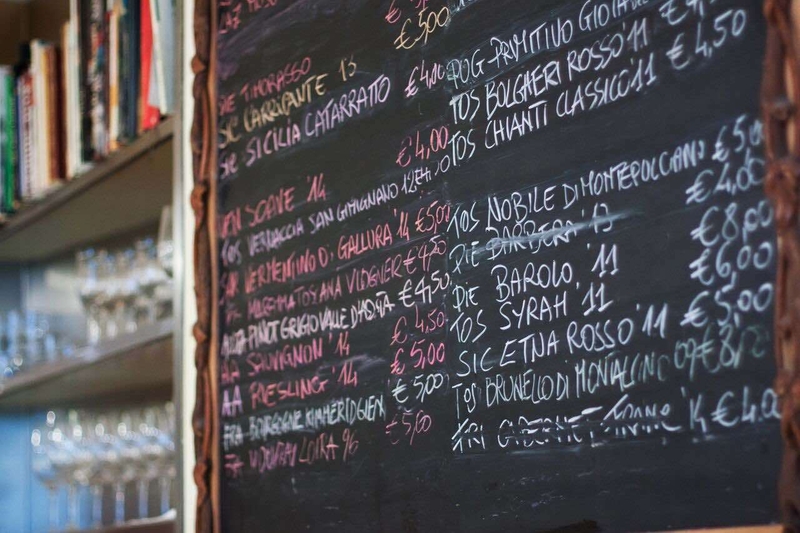
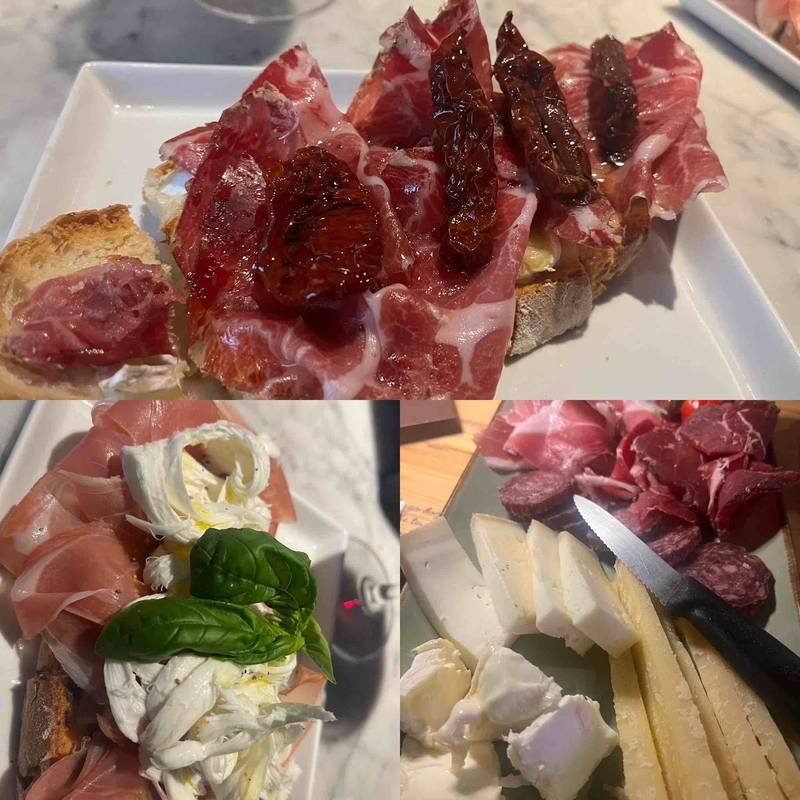
Later that day, in the convivial Piazza dei Rossi, a world away from the tourist-rammed Ponte Vecchio bridge close by, we resumed troughing. Cheese and salumi, this time in the company of some seriously well-chosen Italian wines, at Le Volpi e l'uva (The Fox and the Grapes), arguably Florence’s most interesting wine bar for the past 30 years.
Elsewhere in Oltrarno, where it segues into San Frediano, I recommend the crostini at Il Santino. It’s the cosy wine bar offshoot of the acclaimed Il Santo Bevitore restaurant next door on the Via Santo Spirito, both supplied by their own bakery, S Forno.
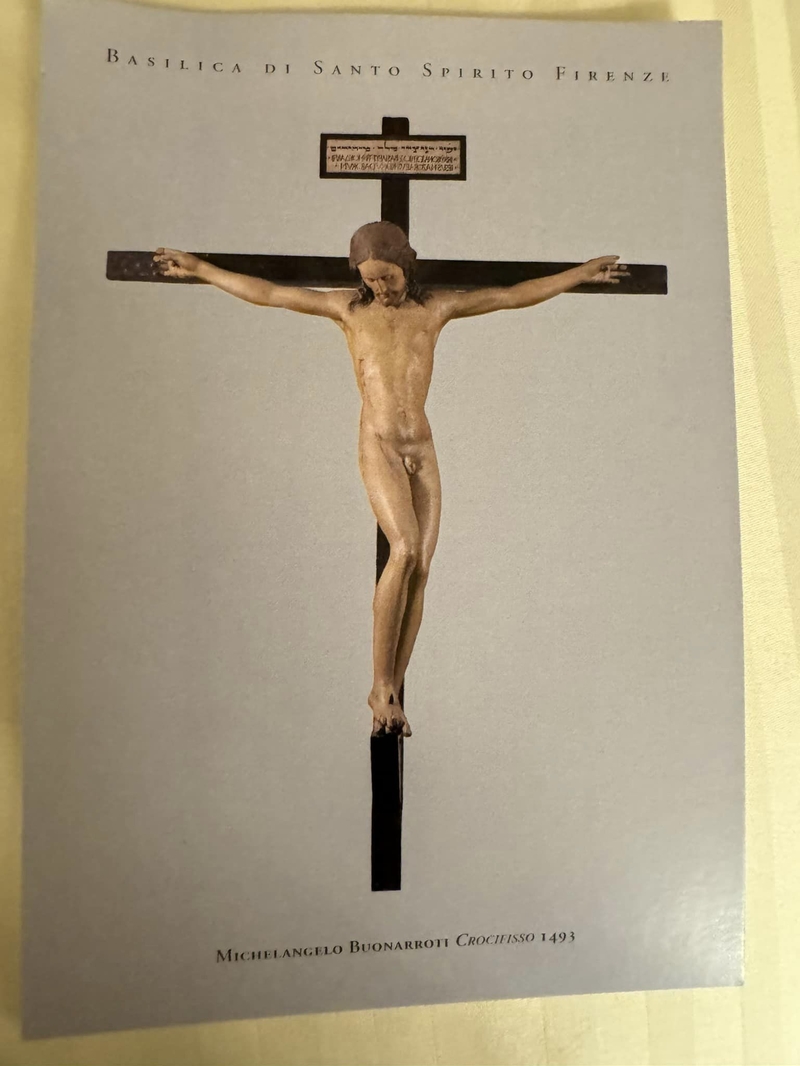
Still art wasn’t entirely neglected…
The Basilica of Santo Spirito itself is the final church from the great architect Brunelleschi, the bulk of it completed by his disciples after his death in 1446. It shares much of the distinctive Florentine style, in miniature, of his iconic Duomo. Whereas that World Heritage Site seems one vast impersonal tourist magnet, this feels intimate. Just like the work of an 18-year-old Michelangelo hanging in the old Sacristy. He repaid the Augustine monks who had given him shelter (and the chance to study the anatomy of corpses) by carving this 53 inch nude Jesus on the cross for the high altar. It was lost for decades before being unearthed, painted over in 1962. Restored, it displays a remarkable vulnerability.
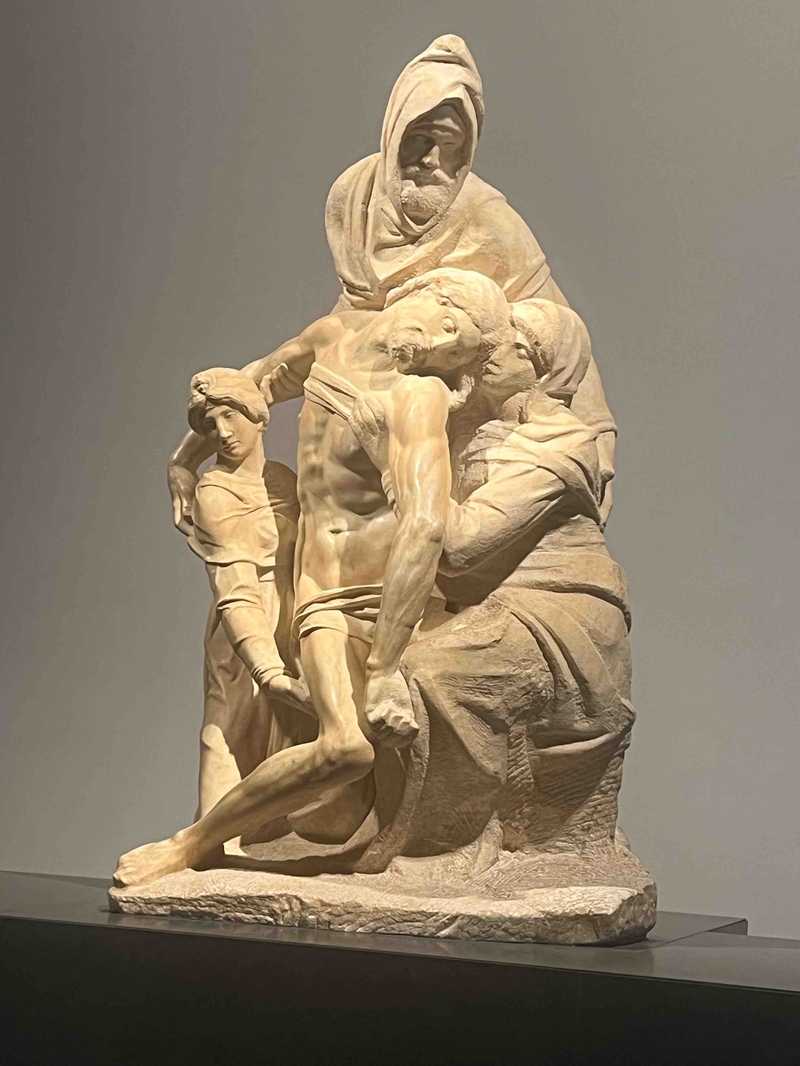
It is fascinating to contrast it with a totally different, unfinished, recently restored work from his 80th year – the Pietà in the Opera del Duomo museum, repository for much art that once lived in the Cathedral. He sculpted it from a huge block of white Carrara marble between 1547 and about 1555. The story goes it was intended for St Peter’s in Rome, then under construction. Michelangelo planned for it being his funerary monument, giving his own features to the elderly Nicodemus, who supports Jesus along with Mary Magdalene. Then the artist lost patience with his creation and mutilated it.
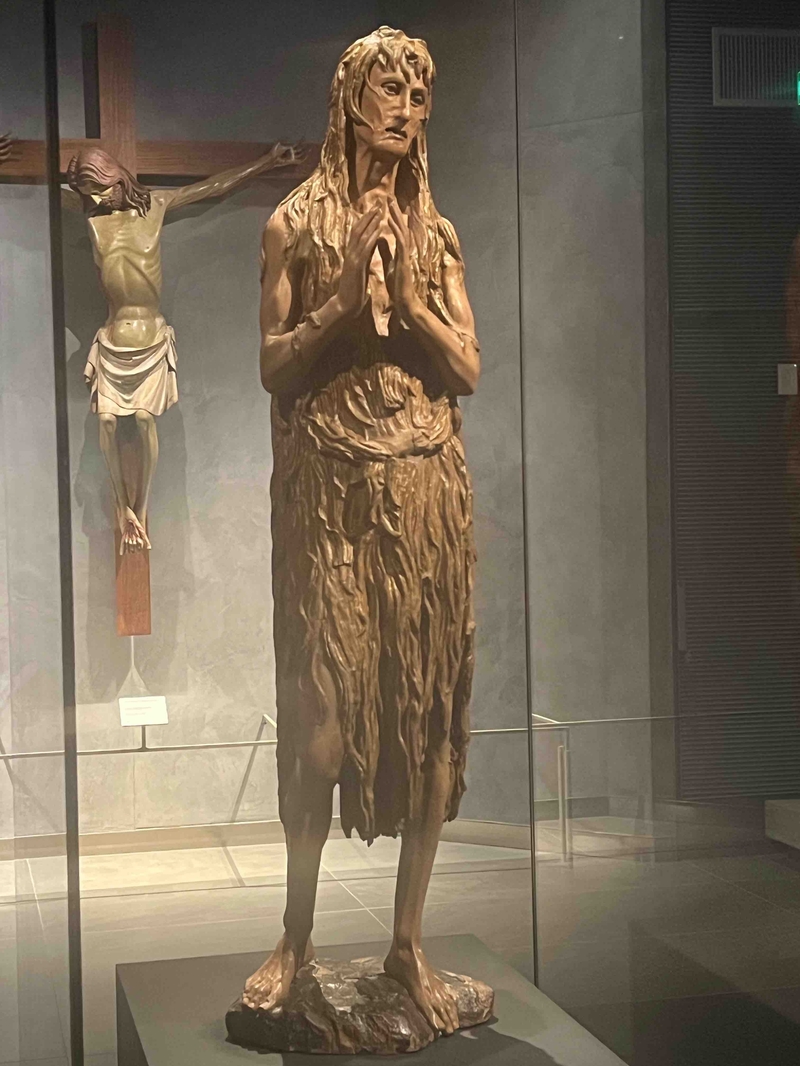
Compare that version of Magdalene, with Donatello’s harrowing sculpture (1440) of her in the next room. We first saw the ‘Penitent Magdalene’ 50 years ago, its white poplar wood at that time darkened with age and disrepair. We have never forgotten it. Most such works depict her as a beautiful, healthy woman; Donatello offers us a gaunt, emaciated figure, down to the smallest details such as the twisted sinews of her feet. Restoration after flood damage in 1966 revealed original gilding… yet also concentrated the rawness of this unmissable masterpiece.
Time for lampredotto in a city where offal is revered
Lampredotto is the fourth and final stomach of a cow. The Florentines slow cook this special tripe in a broth of tomato, onion, parsley, and celery, seasoned with herbs. When its is plucked from the cauldron for slicing it is an unappealing beige hue, but that’s disguised by a spicy green salsa topping when encased in its crusty bread roll – the panino co i' lampredotto – and turns out to be an unexpected treat. You’ll find it all over the city. We finally tried it at tiny Da’ Vinattieri, tucked away along the narrow Via Santa Margherita close to the Piazza Repubblica.
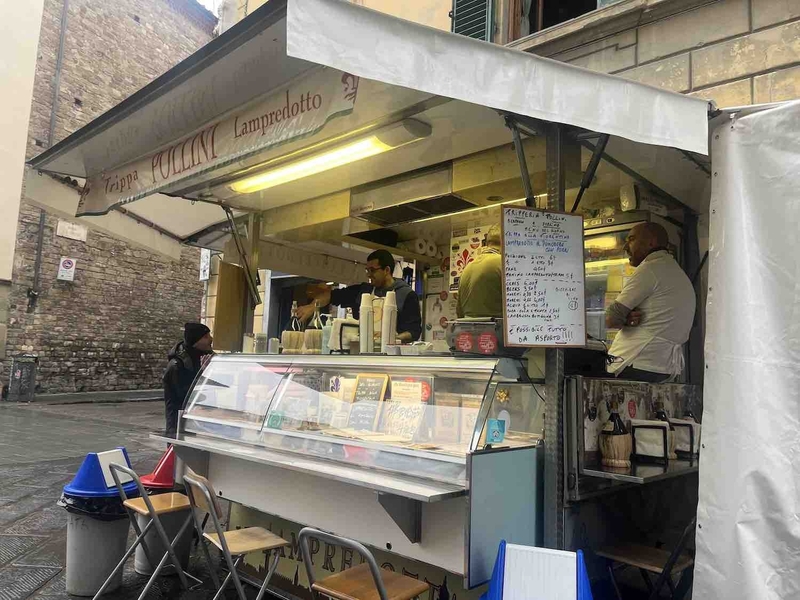
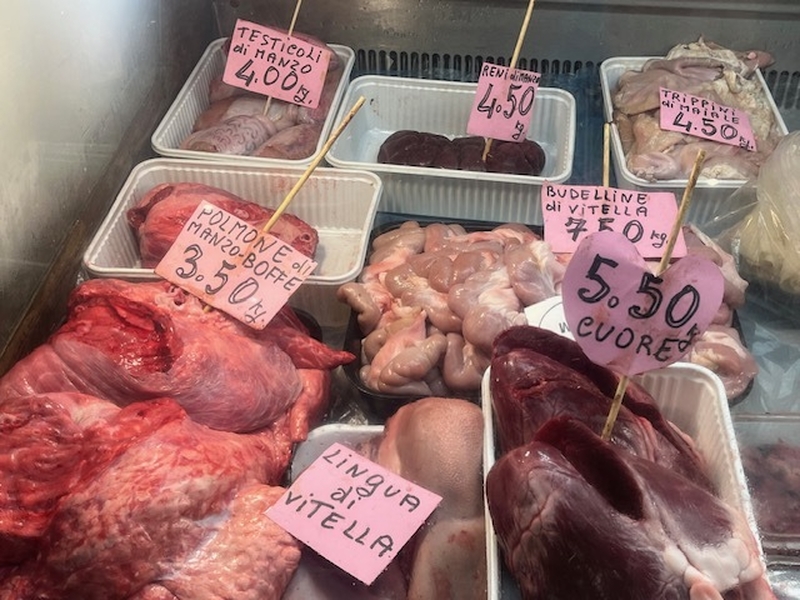
Out first encounter, though, was when the slightly latrine-like smell of the stewing delicacy wafted across the cobbled square from Sergio Pollini’s traditional tripe van close to the Sant’ Ambrogio market. Florence’s first covered produce hall opened in 1873. It’s a 10 minute walk from the historic centre and is more characterful and cheaper than the vast Mercato Centrale. It also hosts a flea market of repute.

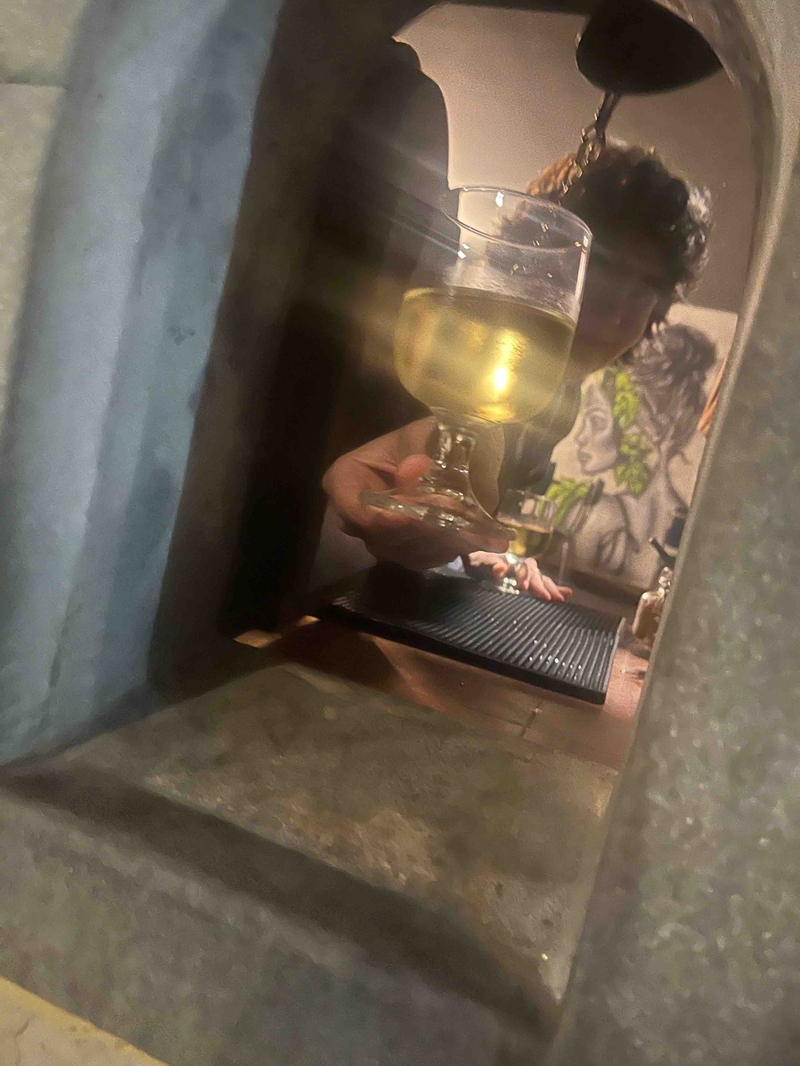
Take a food tour and open a wine window Tucci style
Food travel specialists Devour do guided group tours of the Sant’ Ambrogio neighbourhood, none of which fitted in with our schedule. Instead we joined an eight-strong party for an ‘Oltrarno at Sunset’ tour – three and a half hours of wine, bruschette, cheese, charcuterie, steak and gelato across five family-run small businesses, led by an ebullient American ex-pat, Laura from Las Vegas. This included our Stanley Tucci moment, back on the Via Santo Spirito. In the wall of Babae at no.21R is the buchette di vino (wine window) that served him in his BBC series Taste of Italy. It’s one of the few in use of the 100 or so dotted around the city. These 12x8in apertures allowed traders to do ‘takeaways’ with minimal contact during a 1600s bubonic plague outbreak. Covid-19 reactivated a handful. I just wish our glass of bianco had lived up to the back story!
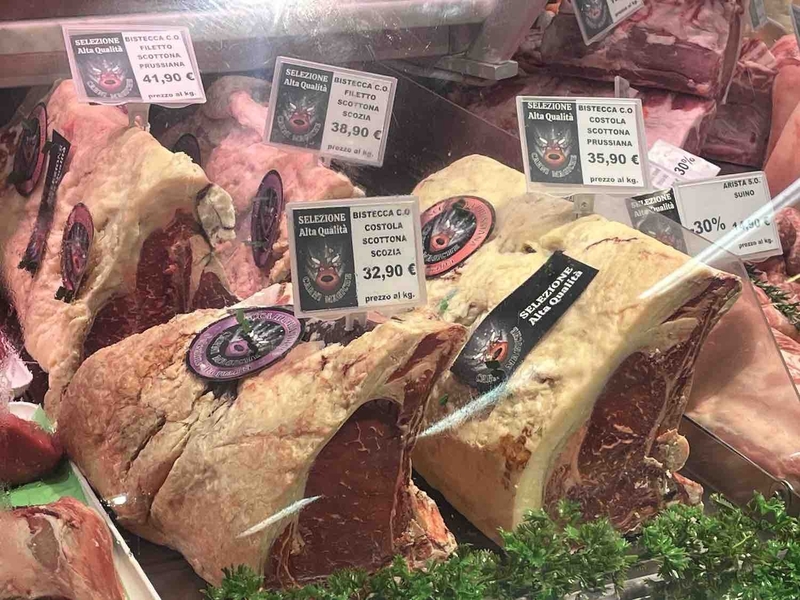
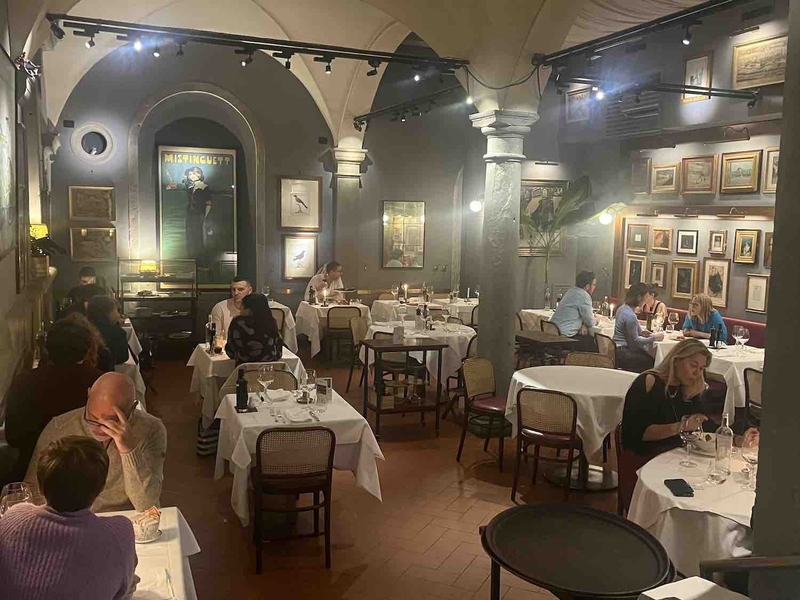
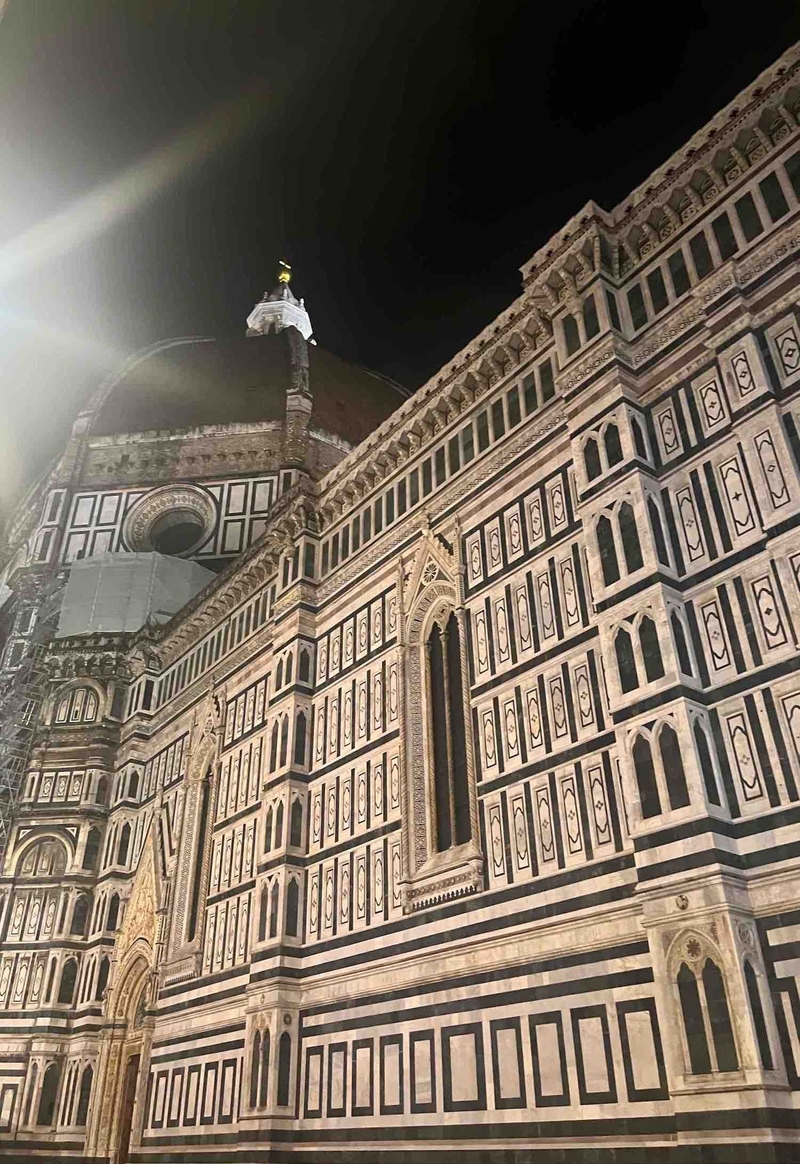
Florentine steaks – order them well done at your peril!
It is possible to eat vibrant vegan food in Florence (notably at Amza Zahouani’s outlets around Oltrarno) and fagioli or peas Florentine style are on every menu, yet it is the vast hunks of beefsteak on the markets and in so many restaurant windows that lay down a carnivore marker for the city’s signature dish. A taste of T-bone was part of our food tour but I’d recommend going the full bistecca alla fiorentina platter at a restaurant such as Regina Bistecca (Queen Beef), near the Duomo. For 140 years this was the antiquarian bookseller Gonnelli; the bookshelves that remain in the olive green dining room now groan with wine bottles.
Close textual analysis of the menu leads us to order the local Chianina beef, dry aged for 21 days, cooked over a charcoal grill. We asked for it rare, as Tuscans do. Under its glorious char, it was undoubtedly ‘saignant’ as the French say. “Their medium rare is our rare,” to quote a Jay Rayner review, which declared the Regina steak his all-time favourite. I recommend, like us, you go for the 79 euros set menu, which includes, a whole turret of antipasti plus sides and desserts. The surprisingly affordable wine list majors in Chiantis – the perfect match.
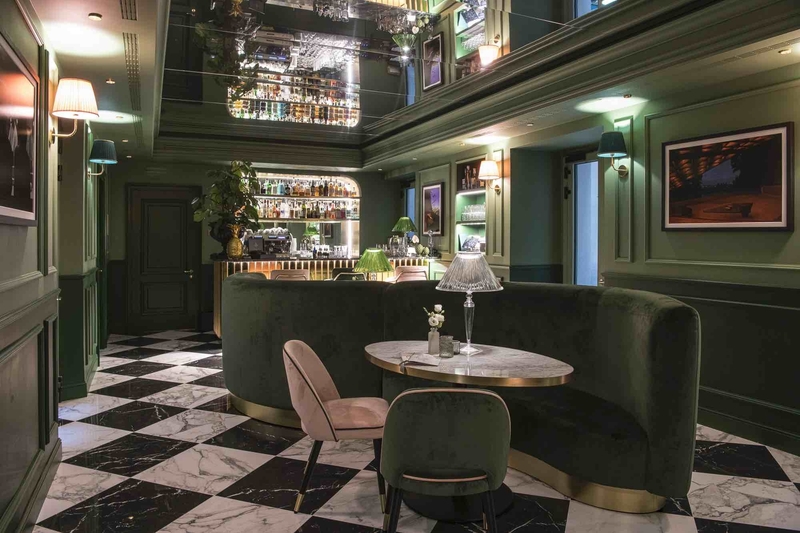
Precious hideaway – the cutting edge allure of Hotel La Gemma
Renaissance Florence was all about art and its aristocratic sponsors, notably the Medici. In 2023 another family of impeccable taste, the Cecchi, have created their own masterpiece – a hidden haven of calm in the midst of the city’s bustle. Boutique hotel La Gemma (the gem) is the first hospitality project of four siblings and their mother. Backgrounds in fashion, design and architecture blend seamlessly across the public areas, bar/restaurant, rooms and into the Allure Spa. Constants are various riffs on green (emerald, olive, sage) colours that echo the Duomo exterior (visible from a compact rooftop vantage point), chequered marble floors and a pervasive Art Deco vibe.
Our own suite featured silk screen botanical wallpaper with palm fronds and exotic birds, a decadent free-standing tub and arguably the most comfortable bed I‘ve ever slept in with its padded velour headboard.
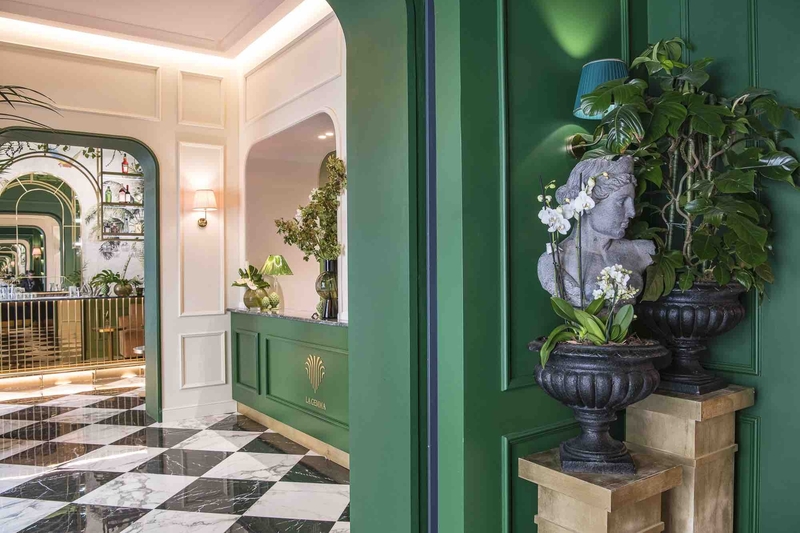
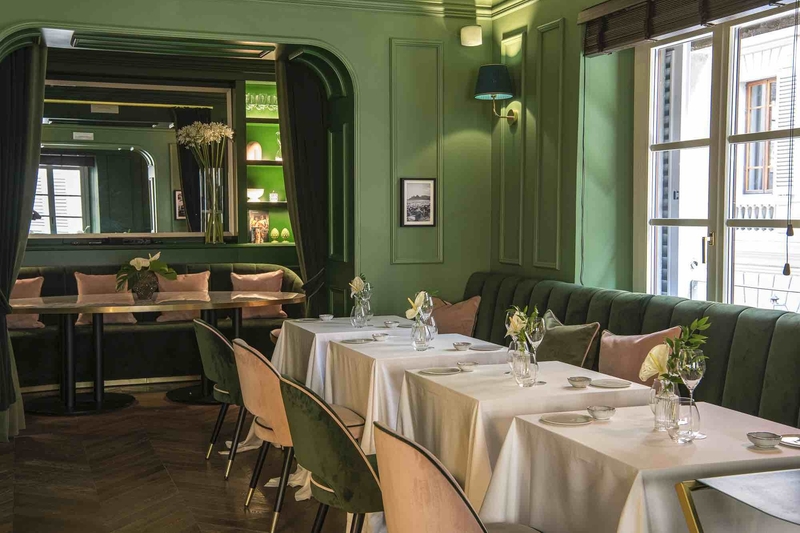
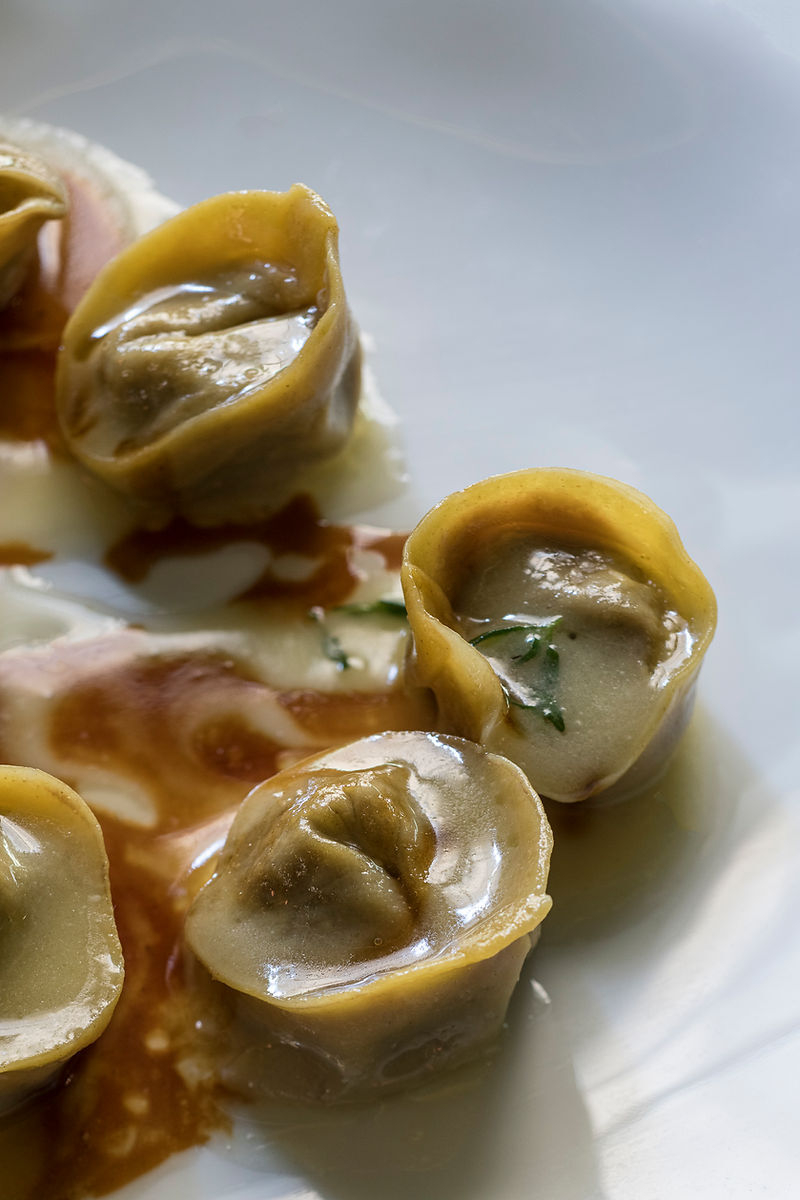
Our only disappointment? At the start of the week the in-house restaurant LUCA’S was not open, which meant we were unable to taste the food of Argentine chef Paulo Airaudo, whose cv includes 3-Michelin-starred The Fat Duck and Arzak in San Sebastián, where his own restaurant, Amelia holds two. A destination restaurant in its own right, LUCA’S menu offers the likes of lobster risotto, pumpkin, fresh nduja and nasturtium or monkfish, white asparagus, trout roe, ‘bagna cauda’. With our bar menu we did get to rummage through the wine list, which is superb.
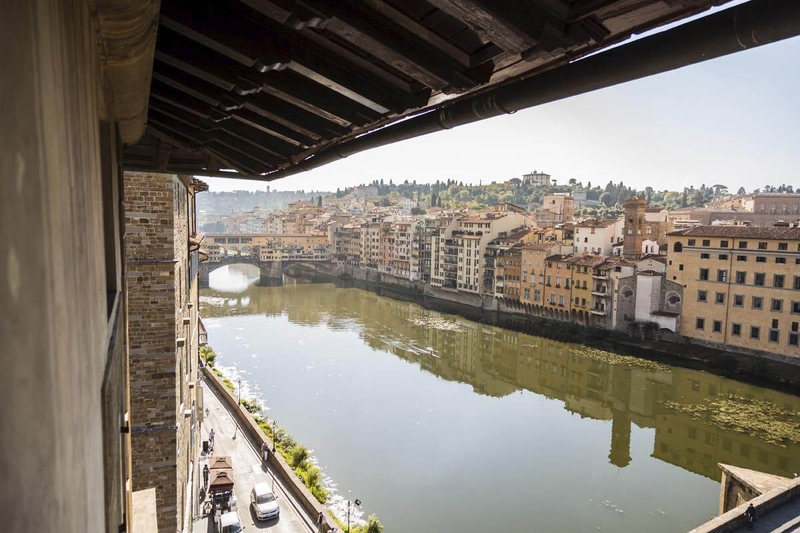
A room with a view at the 900-year-old Antica Torre Via de' Tornabuoni
Before we checked into the Antica Torre on a drizzly Sunday we ventured up Tornabuoni, the city’s high fashion promenade (Ferragamo, Prada, Gucci and Armani), to the Baroque Church of San Gaetano to hear mass. Not the frowned-upon traditional Tridentine version, as we had prayed for, but a Gregorian Chant soundtracked Latin service.
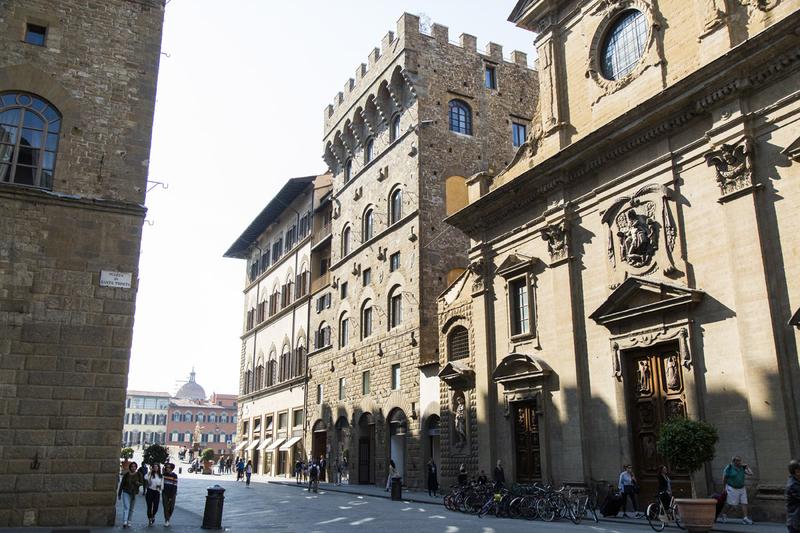
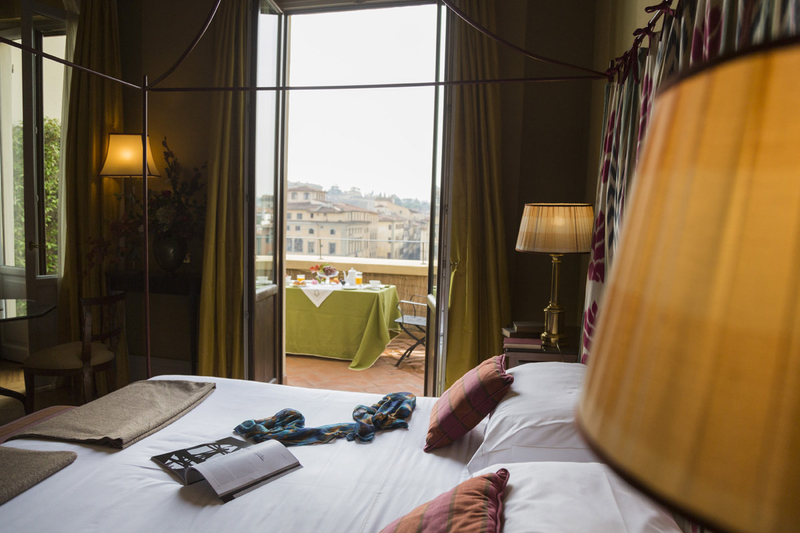
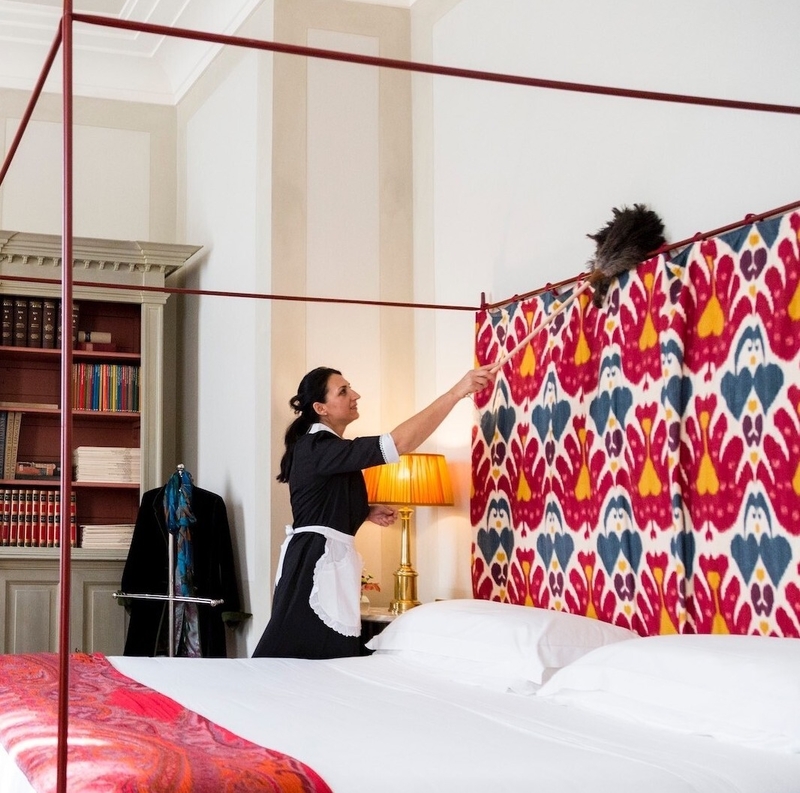
It felt an appropriately ancient prelude to our latest boutique bolthole, its 13th century owners, the Gianfigliazzi family name-checked more than once in Dante’s Divine Comedy. Our sixth floor room was in the original tower, overlooking the Santa Trinita Bridge across the caffe latte coloured Arno. After the extinction of the Gianfigliazzis in the 1700s it passed through several hands. In the 1930s, joined to the neighbouring Palazzo, it was the Pensione Piccioli, a lodging of aristocrats and artists, and in the past two decades has been restored into today’s atmospheric hotel, with rich furnishings, art and antiques.
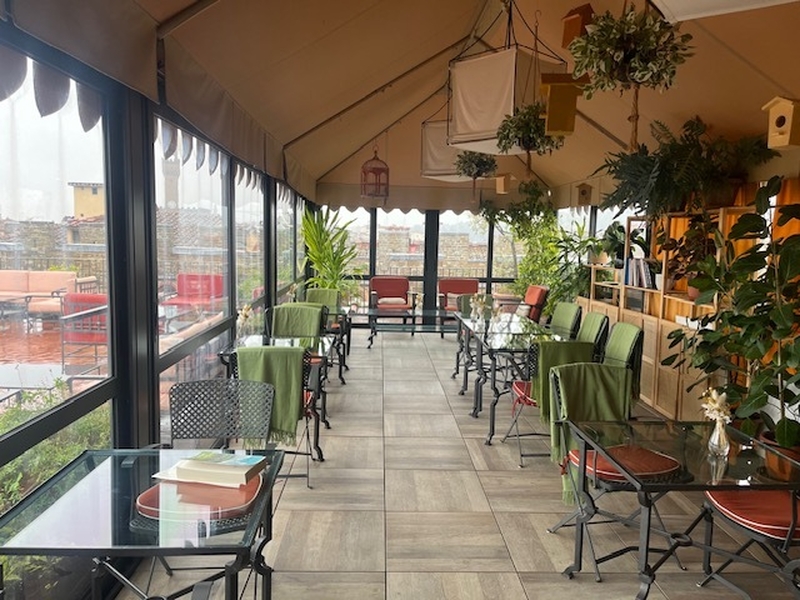
Eccentric, warm and not remotely stuffy. From the rooftop terraces there are unrivalled 360 degree views of Florence. Plus that aforementioned wine on offer – a perfect aperitivo before a five minute riverfront stroll to the Ponte Vecchio or Uffizi gallery.
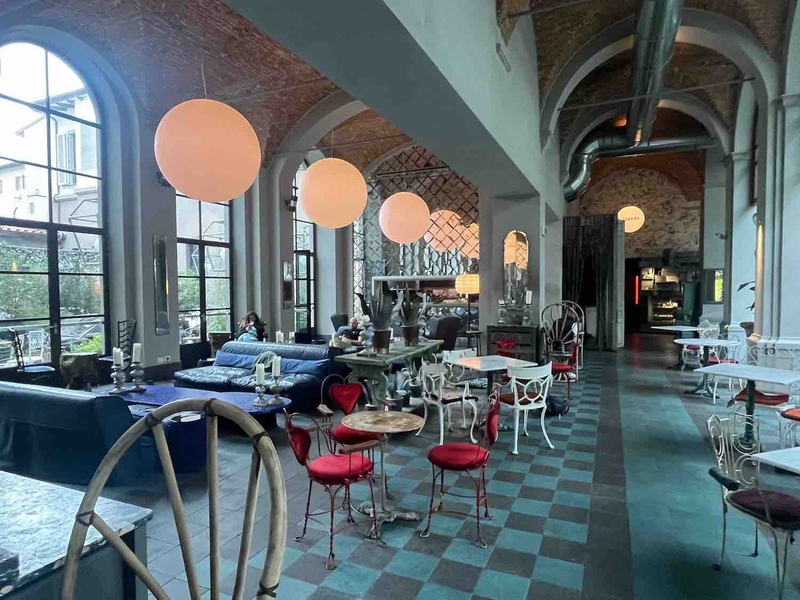
Inferno or Paradiso at Dante-inspired 25 Hours
That man Dante again. In 1301, at the age of 36, the great poet was exiled from his native city, never to return, dying in Ravenna 20 years later. Today’s Florence pays homage with its innovative Dante House Museum, allegedly on the spot where he was born. Possibly more Dante-esque fun is to be had at our final lodging, the 25Hours hotel in the Piazza San Paolino, opened by the offbeat German chain in 2021, the 700th anniversary of his death.
Not only can you watch movies for free in the (you guessed it) ‘Cinema Paradiso’, you have a choice of Divine Comedy-themed bedrooms – Inferno or Paradiso? We chose the latter, all calming white and pale turquoise, with sets of silver angel wings and a ‘Fly to Heaven’ t-shirt on the wall; in contrast, an Inferno will engulf you in blazing red and black decor, huge mobiles made from cards inscribed with the Seven Deadly Sins over the bed and mirrors daubed with ‘Welcome to Hell’.
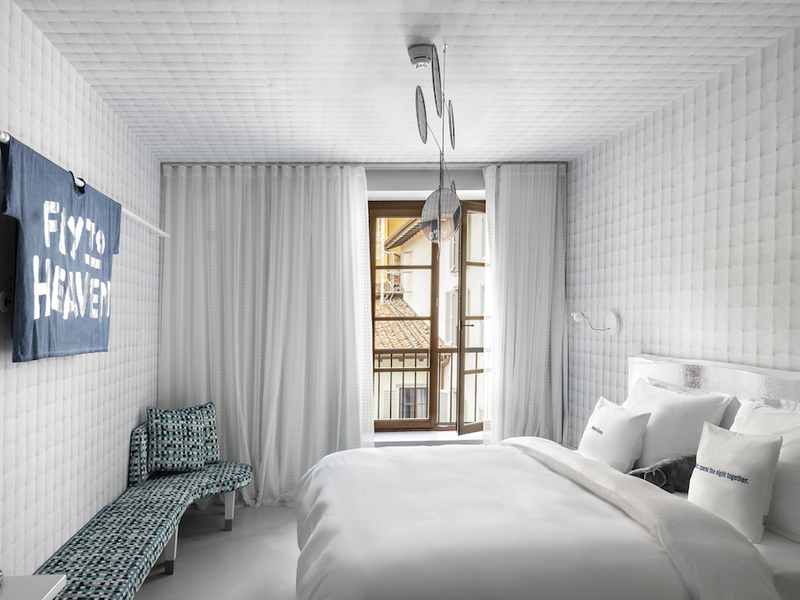
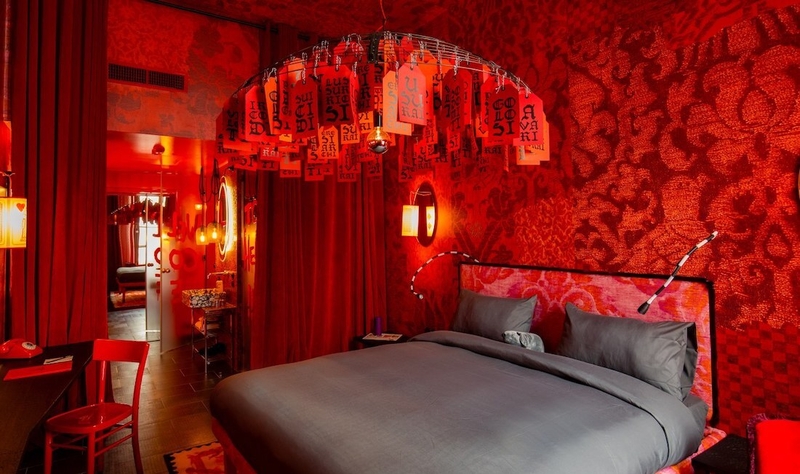
The same message hangs over the rare-to-find on-site parking in central Florence. if you arrive by train the main station of Santa Maria Novella is a 10 minute walk away (en route don’t neglect to visit the remarkable church of that name with its Giotto Crucifix and glorious, vaulted cloisters). If they represent spirituality, the glass-domed central courtyard of 25hours is devoted to the pleasure principle with decidedly non-trattoria food, a bar and DJ plus the chance to play billiards in the library. Any other direction would be purgatory.
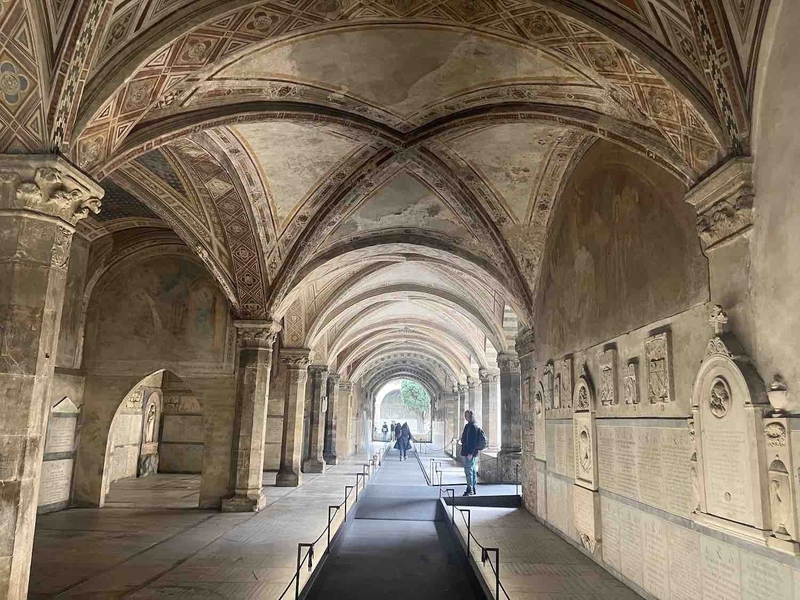
Fact file
La Gemma, Via dei Cavalieri, 2/C, 50123 Firenze FI, Italy 5 star. 38 rooms. From £400 per night.
Antica Torre Via de' Tornabuoni, 1, 50123 Firenze FI, Italy. 5 Star. 27 rooms. From £220 per night.
25hours Hotel Florence Piazza San Paolino. 4 star. 171 rooms. From £150 per night.
All three hotels welcome pets.
Neil Sowerby flew to Pisa from Manchester with easyJet (one service a week out of season) and transferred to Florence by train.





